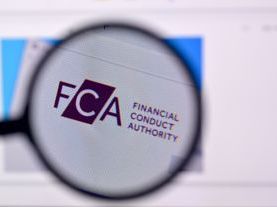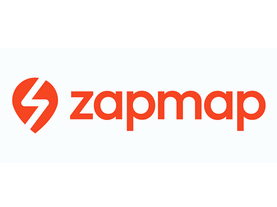The leasing broker sector is seeking to demonstrate its resilience and flexibility this year, after the BVRLA broker fleet contracted in 2024. Accounting for over 350,000 vehicles on UK roads, the broker fleet shrunk by 8.9% last year as customer confidence waned due to political and economic uncertainty.
Toby Poston, BVRLA Chief Executive, said: “The numbers lay bare the challenges that leasing brokers had to contend with last year. The Cost of Living crisis took hold of households and businesses across the country, causing many to curtail or delay spending on high-value items. Our Industry Outlook report at the turn of the year showed that members expect a more positive 2025. The early signs are encouraging and suggest that leasing brokers will again demonstrate their relentless ability to adapt for success.”
Despite the overall reduction in fleet size, the number of new contracts signed in 2024 grew year on year. New contracts for cars grew 2.5%, while new van contracts were up 22%. These increases were, however, offset by the number of disposals as vehicles came to the end of their first term.
When considering fuel type, the make-up of the broker fleet is playing an active role in the UK’s transition to cleaner, green solutions.
New car additions in 2024 saw Battery Electric Vehicles (BEVs) and Plug-in Hybrid Electric Vehicles (PHEVs) grow their share. Due in part to targeted incentives for company-provided cars, Business Contract Hire (BCH) is the finance type with the greatest share of electric and plug-in hybrid vehicles. Plug-in cars now account for 66% of the BCH fleet, vs 18% for Personal Contract Hire (PCH) and 49% for finance lease.
For cars, the split between BCH and PCH closed again through 2024, continuing a trend that began in 2021. Cars financed via PCH agreements remain the largest contributor to the broker car fleet, but now account for 52% vs the 44% from BCH agreements.
The market split for vans remains consistent, with BCH making up around two thirds of the broker van fleet, with finance lease the next most popular route with 29% of the market.




